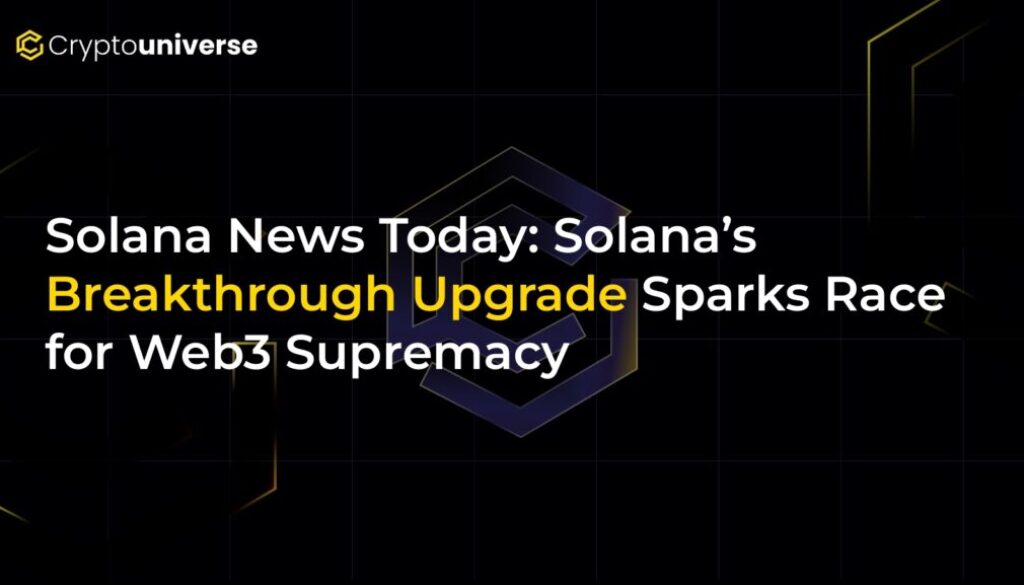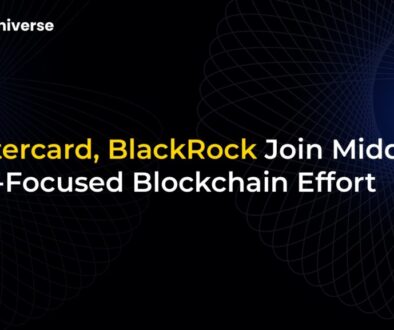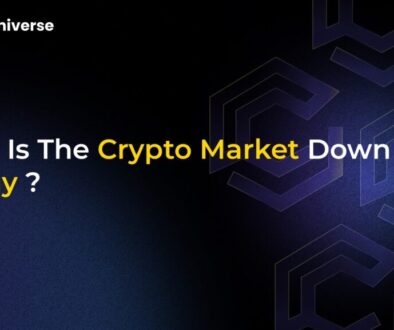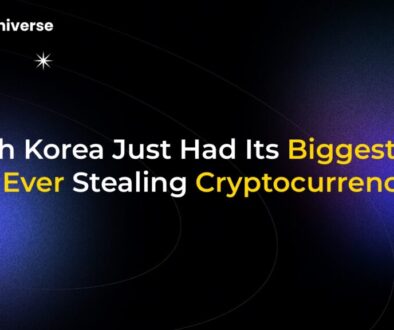Solana News Today: Solana’s Breakthrough Upgrade Sparks Race for Web3 Supremacy

Solana Ignites the Blockchain Space with Landmark Alpenglow Upgrade
The world of Web3 is buzzing with activity, and at the center of the storm is Solana, a blockchain renowned for its high-speed performance. The network is on the verge of a monumental transformation after its community overwhelmingly approved the Alpenglow upgrade with a staggering 98.27% of stakers voting in favor. This isn’t just a minor patch; it’s a fundamental overhaul poised to redefine what’s possible in decentralized applications and finance, sparking a renewed race for dominance in the Web3 ecosystem.
As Solana solidifies its position as an infrastructure giant, new players are also capturing the market’s imagination. Emerging SocialFi project DeSoc is making waves with a different vision for Web3’s future, raising over $10 million in its presale. This sets the stage for a fascinating dynamic: a battle between established infrastructure and disruptive new applications, both vying for investor attention and a slice of the decentralized future.
What is the Alpenglow Upgrade? A Quantum Leap in Speed
Dubbed by many on social media as Solana entering “God Mode,” the Alpenglow upgrade is the most significant consensus change in the network’s history. It replaces core components like Proof-of-History and TowerBFT with two new, highly efficient systems: Votor and Rotor.
So, what does this mean for the average user? In simple terms: unprecedented speed.
- Drastic Reduction in Finality Time: The upgrade aims to slash transaction finality times from over 12 seconds down to an astonishing 150 milliseconds. This is nearly a 100x improvement, making transactions feel virtually instantaneous.
- Enhanced Scalability: The Rotor component is designed to reduce data transfer overhead, supercharging the network’s ability to handle high-demand applications like complex DeFi protocols and immersive Web3 games.
This technical evolution is a direct response to the need for blockchains that can support mainstream adoption without sacrificing speed or security. By achieving near-instant finality, Solana’s
SOL Price Reacts: Navigating Bullish Forecasts and Short-Term Risks
The market has responded to this wave of innovation with renewed optimism. Solana’s native token, SOL, has reclaimed its position above the crucial $200 mark, signaling strong investor confidence. Analysts are taking note, with many forecasting a continued upward trajectory.
Price predictions suggest SOL could reach a peak of $224 by November 2025, driven by increasing on-chain activity and the network’s growing ecosystem of real-world asset (RWA) projects and high-performance dApps. Furthermore, the potential approval of a spot Solana ETF later in the year is seen as a major catalyst that could unlock a fresh wave of institutional capital.
However, investors should remain cautious of immediate downside risks. Some market watchers warn that if SOL fails to maintain support above $180, it could face a deeper correction, especially if the broader crypto market remains volatile. Despite this short-term uncertainty, the long-term outlook remains overwhelmingly bullish, with many traders targeting the $300 level as the network’s fundamental strengths continue to shine.
Beyond Infrastructure: DeSoc and the SocialFi Revolution
While Solana refines its core infrastructure, a new contender is capturing attention by tackling a different Web3 challenge: social media. DeSoc, a SocialFi (Social Finance) initiative, has successfully raised over $10 million in its presale, attracting investors with its promise to decentralize online identity and content monetization.
Unlike Solana’s focus on transaction efficiency, DeSoc aims to build a decentralized social layer for Web3. Its core value proposition includes:
- Cross-Platform Identity: Allowing users to own and control their digital identity across different applications without relying on centralized platforms like Google or Facebook.
- Content Monetization: Empowering creators to directly monetize their content and engage with their audience without intermediaries taking a significant cut.
With a roadmap focused on scalability and adoption, and hype building around a potential 2,000% gain for early investors, DeSoc represents a growing trend in Web3 that prioritizes user-facing applications and creator economies.
The Race for Web3 Supremacy: Infrastructure vs. Application
The simultaneous rise of Solana’s Alpenglow upgrade and DeSoc’s SocialFi platform highlights a key dynamic in today’s crypto market. On one hand, you have an established leader like Solana doubling down on its core strength: providing the fastest, most reliable infrastructure for developers to build on. Its success is measured in transaction speed, uptime, and developer adoption.
On the other hand, projects like DeSoc are focused on the application layer, addressing specific user needs that have yet to be solved in a decentralized way. Their success is measured in user growth, community engagement, and the creation of new digital economies.
These two approaches are not mutually exclusive; in fact, they are complementary. A powerful infrastructure layer like Solana is essential for applications like DeSoc to thrive. However, both are competing for the same pool of investment capital and user attention. As the market matures, the interplay between foundational protocols and innovative applications will ultimately shape the next chapter of Web3 adoption.


